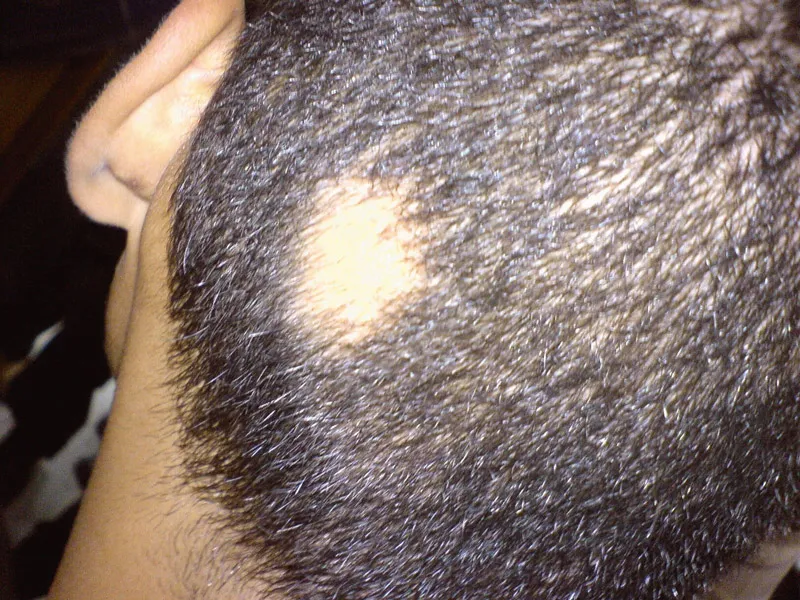FUE and FUT Methods
- Home
- FUE and FUT Methods
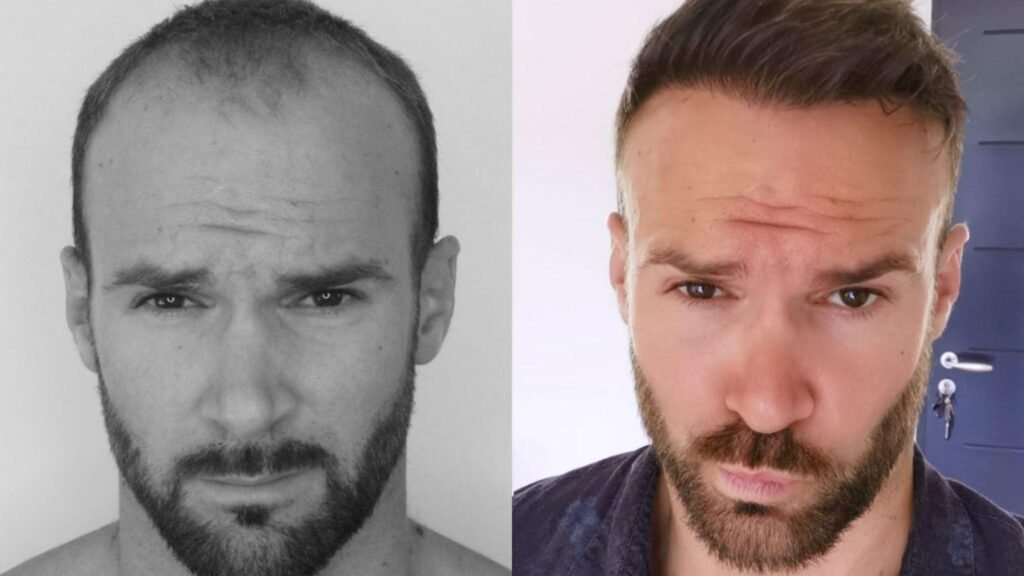
Individual unit extraction vs strip extraction
There are only two methods to surgically extract follicular grafts from the scalp: F.U.E and F.U.T.
F.U.T. (Follicular Unit Transplant) F.U.T. is a general term that means Follicular Unit Transplant. While imprecise, the term is commonly used to describe a technique whereby a strip of scalp is excised from the permanent donor area of the scalp. The wound is closed using small surgical staples. The excised strip is converted to follicular units in a two-stage stereomicroscopic dissection process.
F.U.E. (Follicular Unit Extraction) F.U.E. is a method that utilizes a very fine manual or motorized punch to individually harvest follicular units from the intact scalp. This technique completely eliminates the use of a scalpel from the procedure.
The Donor Zone
The donor zone consists of hairs that are genetically resistant to hair loss. In F.U.E., the donor zone is larger to accommodate individual extractions. In F.U.T., scalp laxity influences the amount of hair that can be extracted.
FUE Method (Punch Extraction)
Human hairs grow in natural groupings of one to four hairs. In F.U.E., individual groupings (graft units) are extracted using a surgical punch tool. The punch tool is positioned over the hair where it emerges from the scalp, then aligned with the direction of hair growth and inserted, creating a round incision. Whether the incision is created manually or with motorized assistance, the graft unit is extracted by hand.
This method is somewhat challenging because it is difficult to see the graft through the scalp, making it tricky to align and position the punch tool and judge the depth required to excise the graft. When F.U.E. is performed using a motorized punch or modified manual punch, tools with smaller punch diameters can be used, allowing each graft unit to be more precisely extracted.
Historically, some transection would be expected to occur when the punch cuts through the follicle under the skin during F.U.E. With our remarkable technology and skill, transection rates are very low and rival the yields of our F.U.T. procedures.
Read More About F.U.E.
FUE Extraction
Depending on the specifics of your situation, you can use either the modified manual punch or the modified motorised punch.
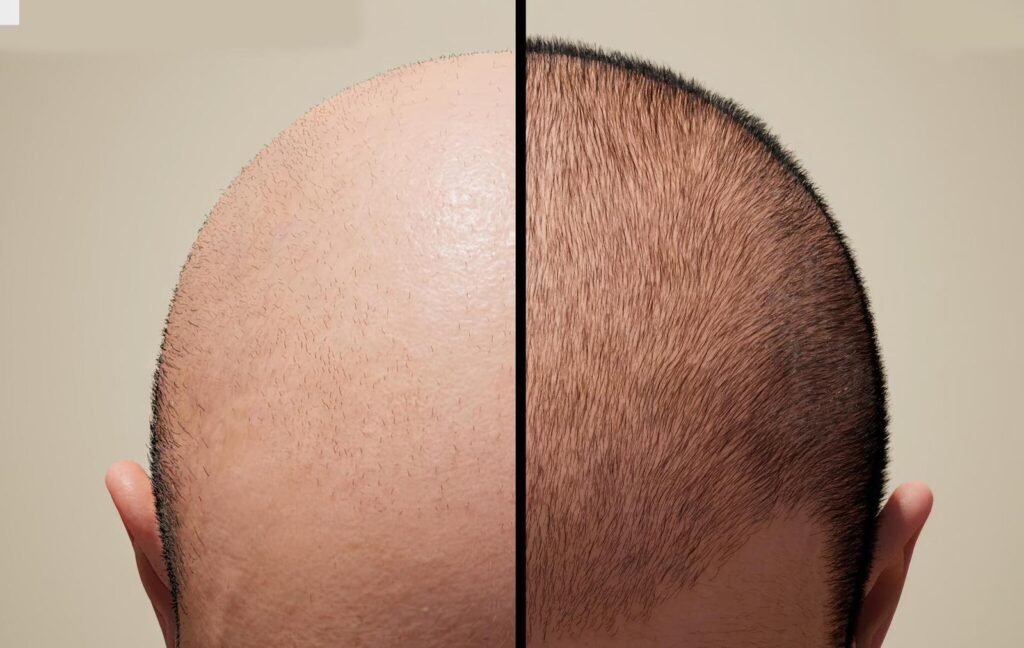
FUT Method (Strip Extraction)
Human hairs grow in natural groupings of one to four hairs. In F.U.E., individual groupings (graft units) are extracted using a surgical punch tool. The punch tool is positioned over the hair where it emerges from the scalp, then aligned with the direction of hair growth and inserted, creating a round incision. Whether the incision is created manually or with motorized assistance, the graft unit is extracted by hand.
This method is somewhat challenging because it is difficult to see the graft through the scalp, making it tricky to align and position the punch tool and judge the depth required to excise the graft. When F.U.E. is performed using motorized punch or modified manual punch, tools with smaller punch diameters can be used, allowing each graft unit to be more precisely extracted.
Historically, some transection would be expected to occur when the punch cuts through the follicle under the skin during F.U.E. However, with our remarkable technology and skill, transection rates are very low and rival the yields of our F.U.T. procedures.
FUT Extraction
Depending on the details of your case, you can either use a bespoke motorised punch or a modified manual punch.
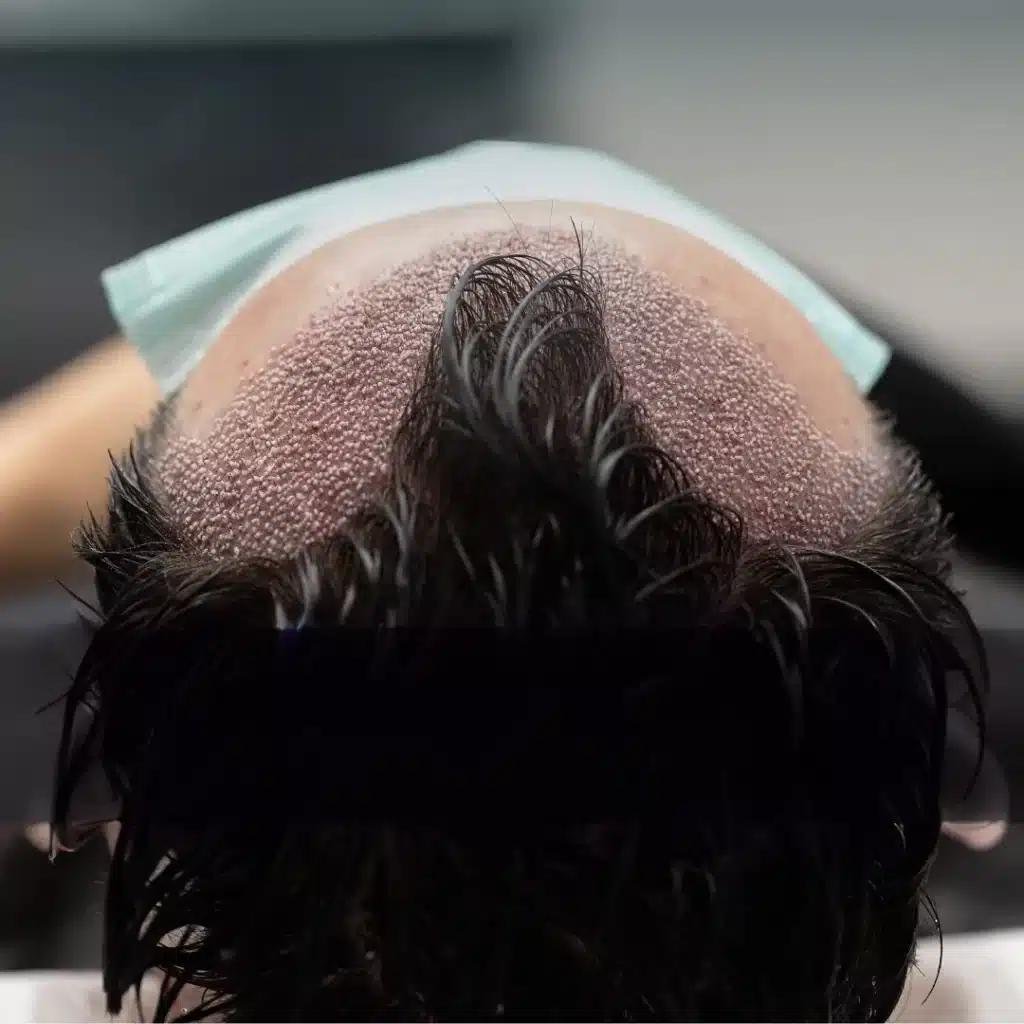
Graft Production
Follicular Units
Individual graft units ready to be transplanted.
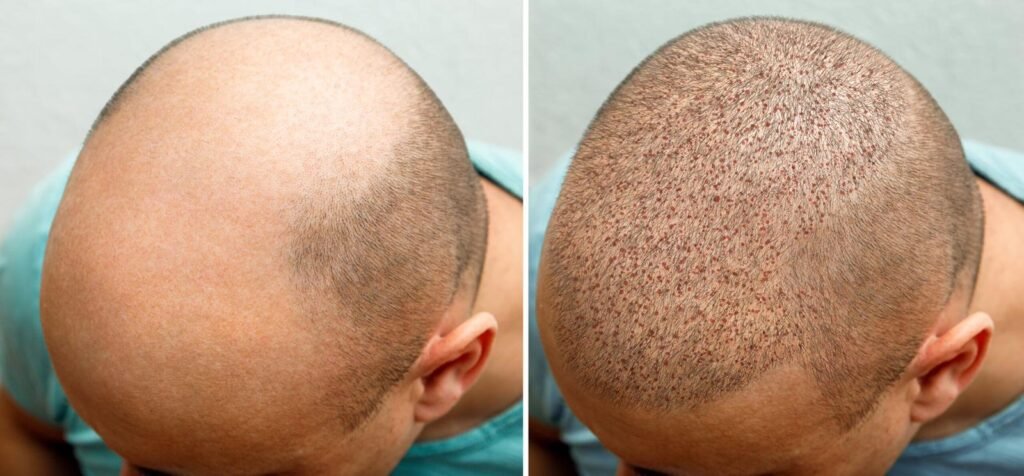
Hair Transplants
The primary goal is to produce healthy, viable graft units that can be planted directly into the recipient area. Both Doctors employ the lateral slit technique to meticulously place each graft unit. This technique enables the replication of the natural growth direction of your hair, resulting in the most natural-looking results possible.
When planning which extraction method is most suitable for you, the amount and density of available donor hair, as well as your restoration goals, need to be considered. We are delighted to assist you in exploring your options and can offer a comprehensive assessment free of charge and with no obligation. Simply send your pictures along with some background information and your goals using our free online consultation form, and we’ll provide your assessment, typically within three working days.
The Lateral Slit Technique
Your transplanted hair will grow according to the location, orientation, depth, and rotation of the incision. Our hair transplant photo collection makes it evident that Hasson and Wong often provide the most natural-looking hair transplant outcomes by using the lateral slit technique.
